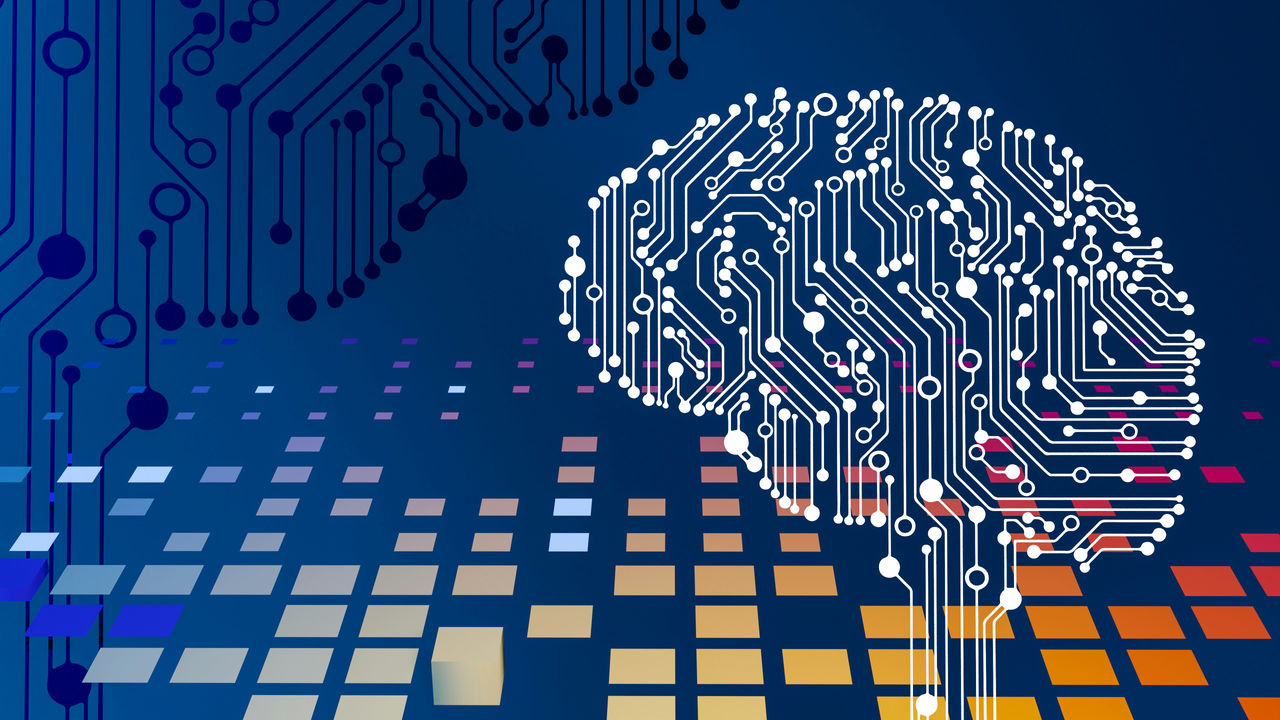The following blog was originally published by TechUK as part of their Tech Together Campaign.
Across the UK, many young people growing up in poverty are denied the training, knowledge and networks needed to thrive in the workplace. Charities like the EY Foundation provide employability skills training to support young people to succeed, but the world of work they are about to enter is changing at an unprecedented pace.
The next generation is confronted by a force that is already redefining their future: Artificial Intelligence (AI). The urgency to act is recognised by the UK Government, whose response to the AI Regulation White Paper on 6 February asks regulators to publish plans in April to set out how they are responding to AI risks and opportunities. But will action be taken to support young people too often left behind?
As they learn to navigate this new digital landscape, a critical question looms: Will AI be a great equaliser, or will it widen the chasm of inequality? For over two million young people eligible for free school meals, will it unlock new opportunity or erect new barriers blocking their path to success?
AI’s emergence as a transformative power in various sectors from healthcare to finance is undeniable. Education technology (edtech) platforms are already implementing AI into products that have the potential to revolutionise learning, offering personalised education and opening doors to new knowledge. Yet, this bright future is clouded by an inconvenient truth: not everyone is on an equal footing in this digital race, the current digital skills gap means workers are missing out on around £5.69 billion in additional earnings, according to Cebr economic modelling for Virgin Media O2. If access to new AI tools and education is not democratised it could create a chasm that threatens to leave the disadvantaged further behind.
Recent studies, including research by Jisc (the national centre for AI in tertiary education), reveal a worrying trend: while affluent students enjoy the benefits of AI-enhanced education, their counterparts in less privileged areas face a starkly different reality. Here, resources are scarce, and opportunities to engage with AI are limited. For example, students that pay for Chat GPT Plus get access to faster, up-to-date, more reliable tech. Licensing options should therefore consider how to avoid widening inequality. Similarly, research by Oriel Square revealed that the use of AI for schoolwork in private schools was almost double that of state schools. This divide is more than a matter of access to technology; it's a barrier to opportunity and a potential blockade to future employment in an increasingly AI-driven world.
The ethical landscape of AI adds layers of complexity. Algorithms, the backbone of AI, are not free from the biases of their creators. Instances of racial and gender biases in AI algorithms are not only theoretical concerns, they have real-world implications. The risk is not just of perpetuating existing societal biases, but of encoding them into the future. Moreover, privacy concerns loom large as young users' data becomes a new digital currency, raising questions about consent and the right to a private digital footprint.
At the EY Foundation we understand the need to step up to these challenges and we are integrating AI training and other emerging technology into our programmes. But isolated interventions aren’t enough on their own. We want to ensure all young people have access to AI education and are equipped with the skills to thrive in this new era, irrespective of their socio-economic background.
The recent AI Safety Summit at Bletchley Park accelerated a global conversation about the action needed to ensure AI is a force for good. But beyond the headline grabbing threat of robots taking over society, we are not looking closely enough at how AI can be channelled to tackle issues such as social mobility, that often sit below the media radar.
Some action has started, with the UK government’s commitment to creating 2,000 scholarships in AI and data science conversion courses exemplifying the kind of systemic change needed to bridge this digital divide. This investment aims to diversify the AI sector, particularly targeting underrepresented groups in tech, including women, black people, people with disabilities, and those from a low socio-economic background. But on its own, this is not enough.
The UK, already a world leader in AI, is uniquely positioned to set a global standard for inclusive AI education and employment. The responsibility to create an AI-empowered workforce that is diverse, inclusive, and equitable doesn't end with new government regulation. This is a societal issue that demands a collaborative solution. Yes, government has a role, but so do educational institutions, tech companies, and employers more widely.
We must come together to ensure AI serves as a bridge, not a barrier, to opportunity. Policies must be crafted to ensure equitable access to AI education and an understanding of how to navigate a jobs market in constant flux, with a huge upheaval in the skills employers require and the roles that are available. Ethical AI development and deployment must be prioritised, focusing on inclusivity and fairness. Only through such concerted efforts can we hope to leverage AI as a force for good, a tool for empowerment, and a means to close the divide in employability outcomes across the UK.
As we stand at the crossroads of a digital revolution, the choices we make today will shape the role AI plays in our future. Will we allow it to become a divider, deepening the gaps in our society, or will we harness it as a unifier, opening doors to opportunities for all? The answer lies not in AI itself, but in how we choose to use it, regulate it, and most importantly, how we choose to share its benefits.



